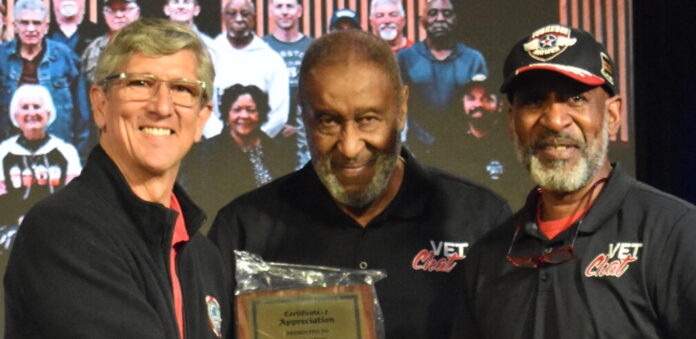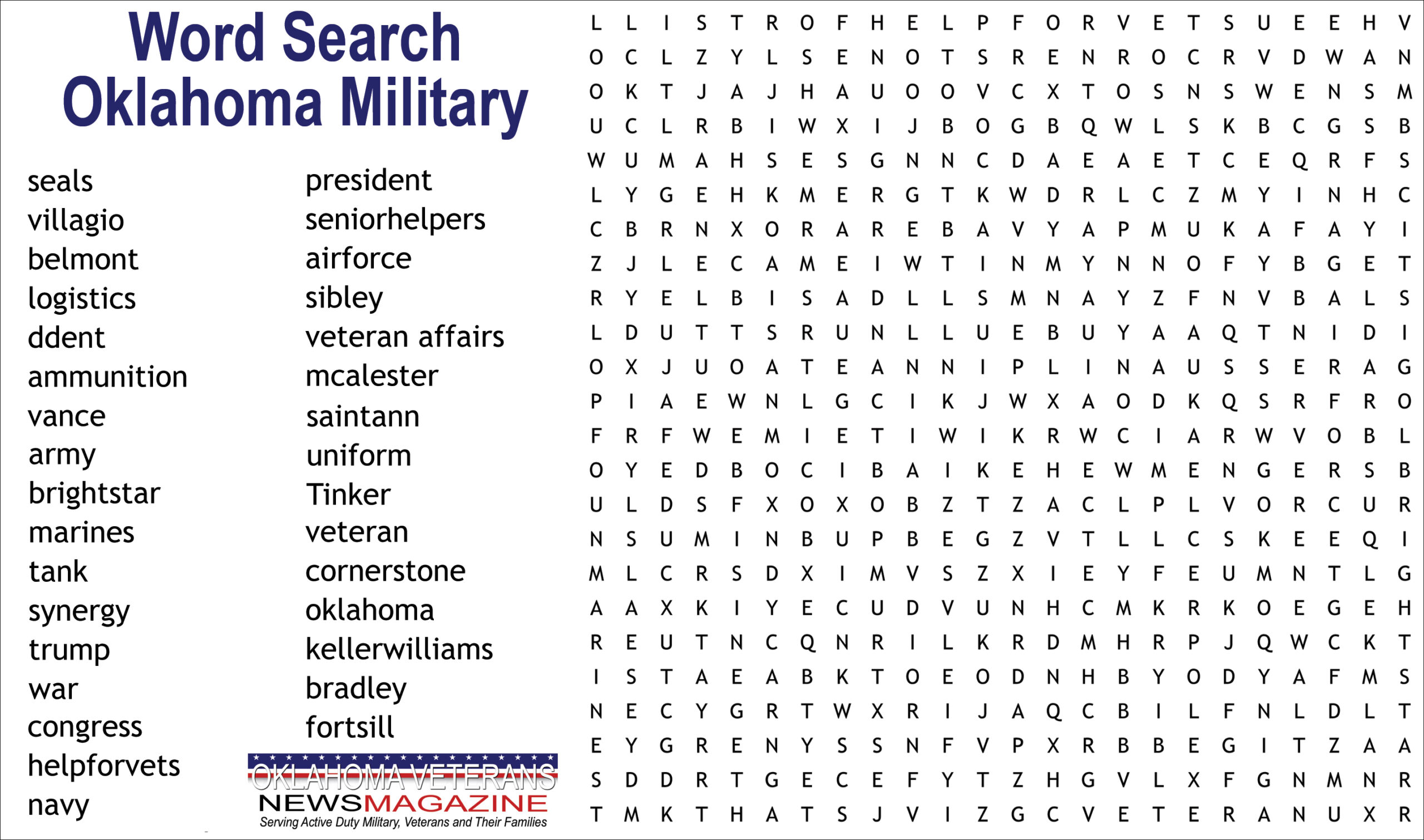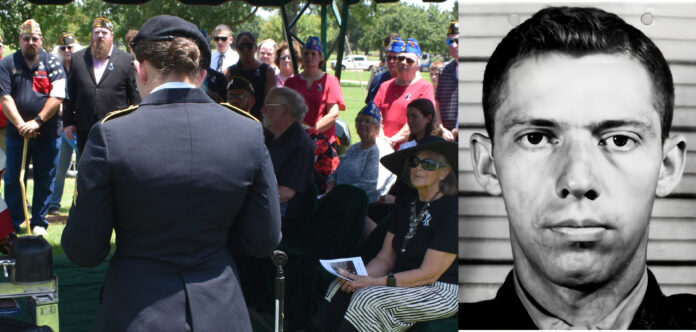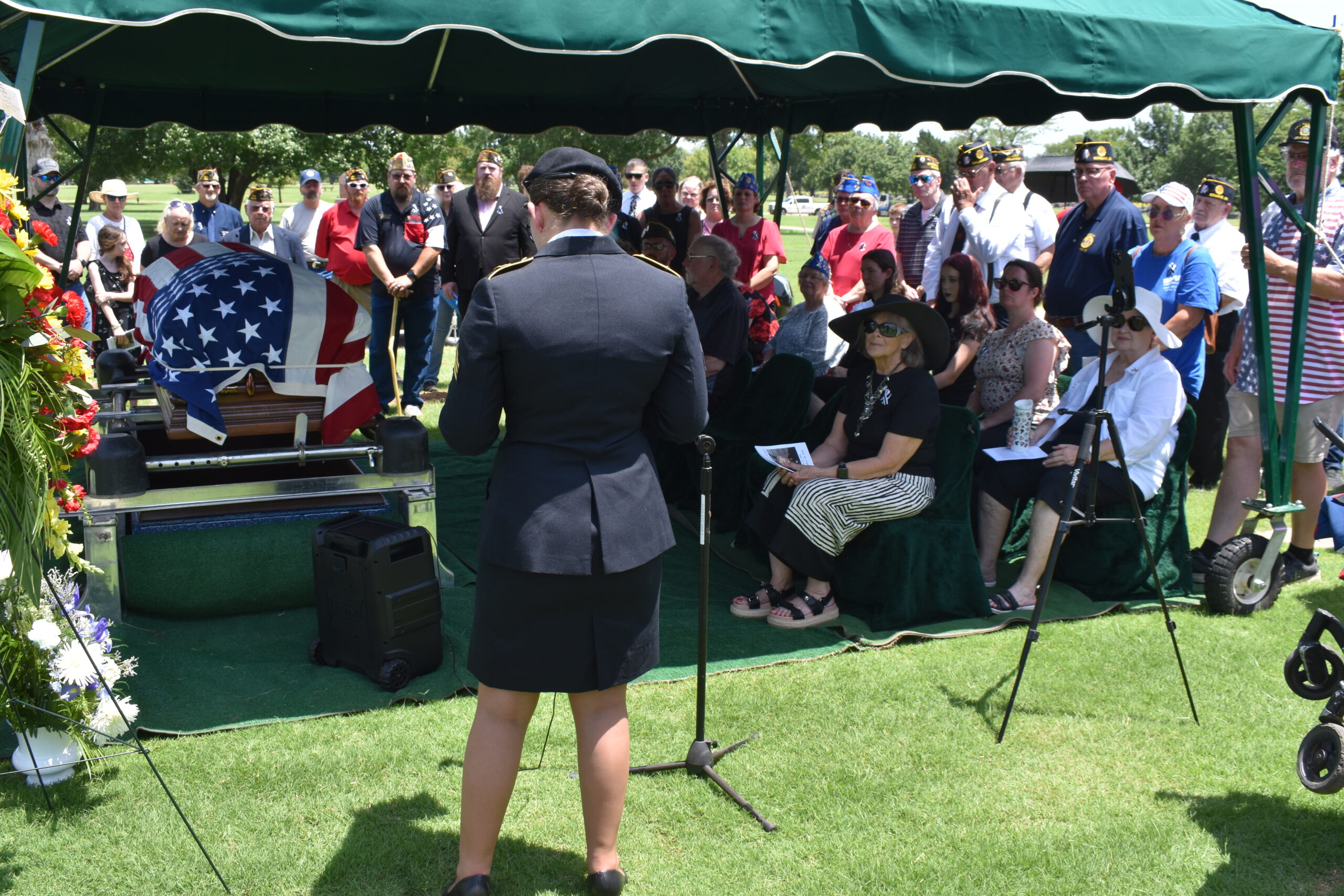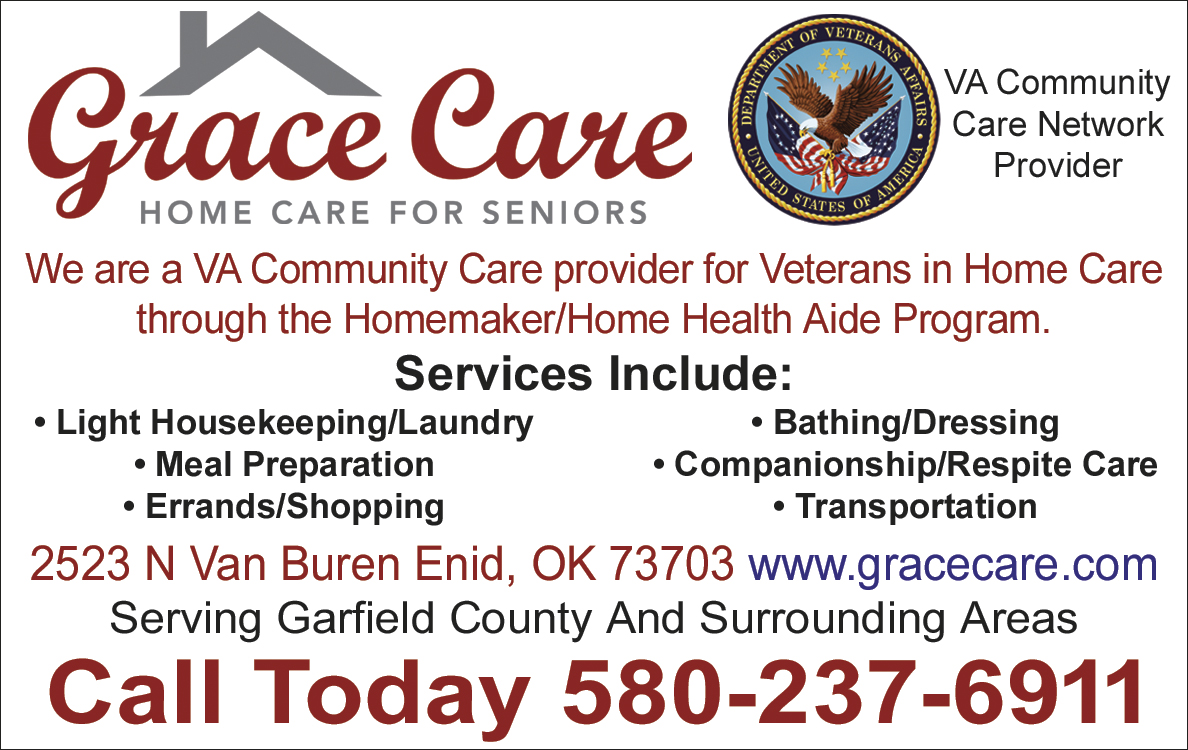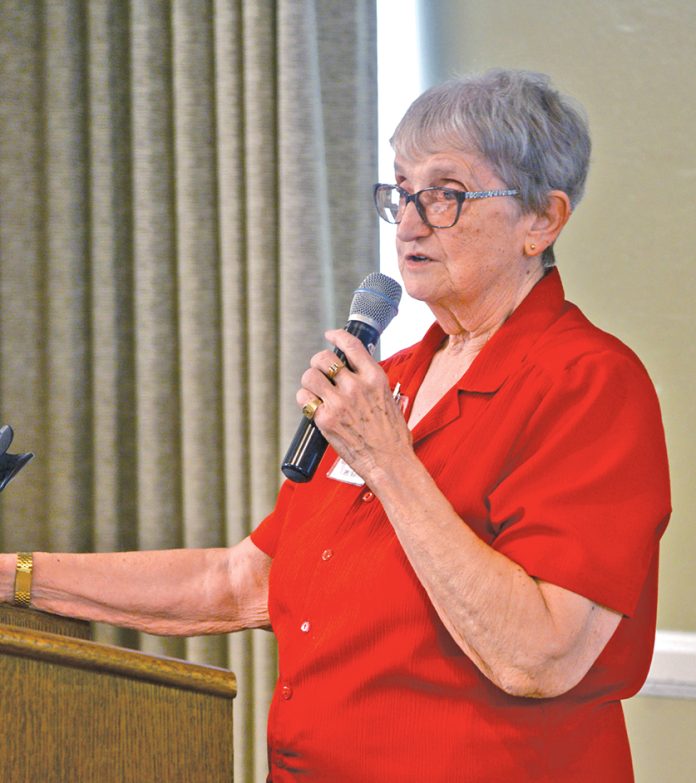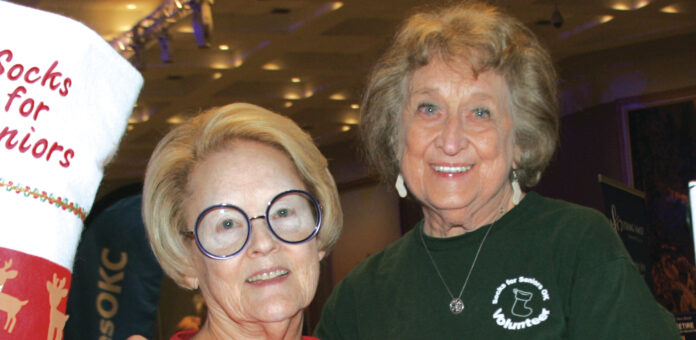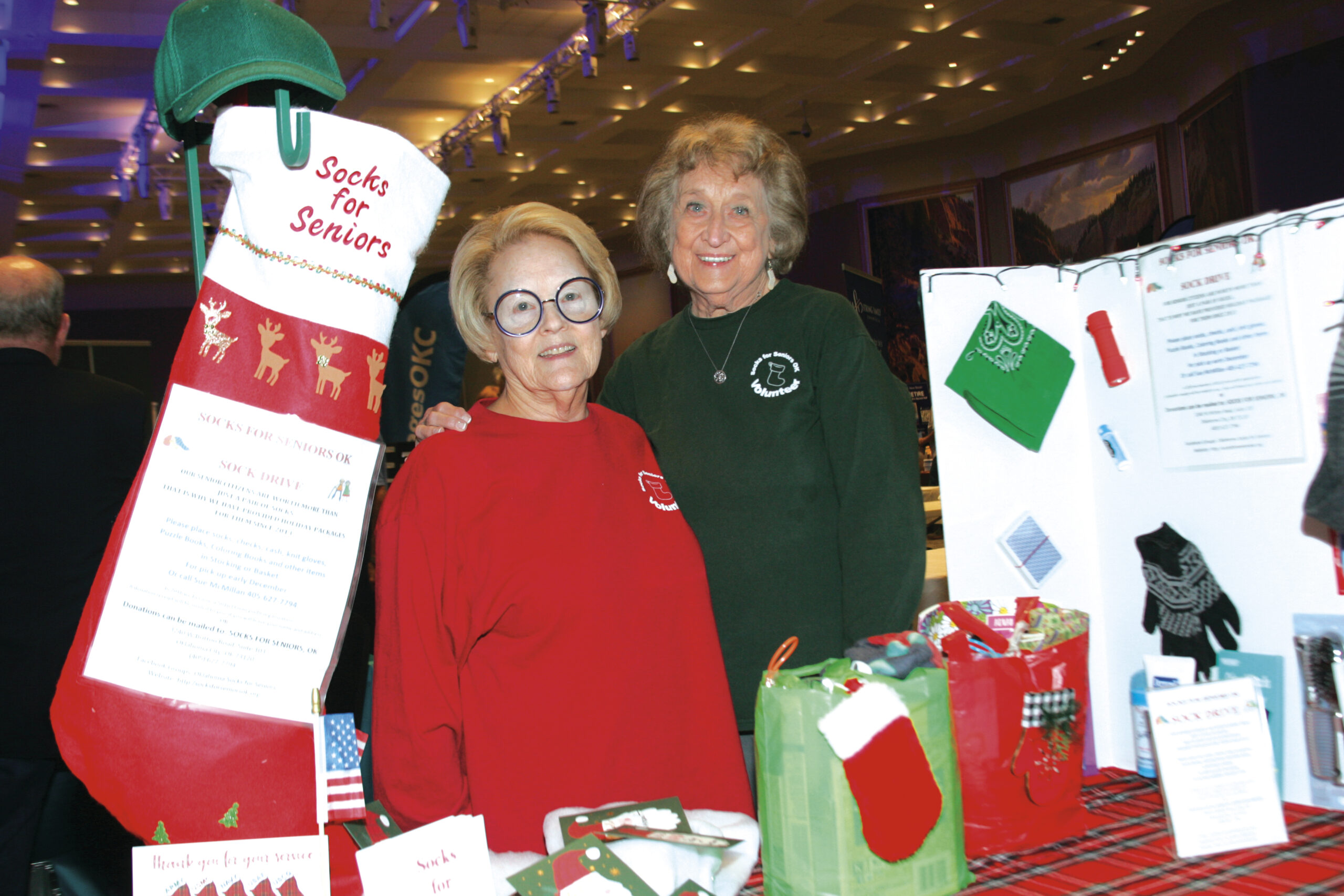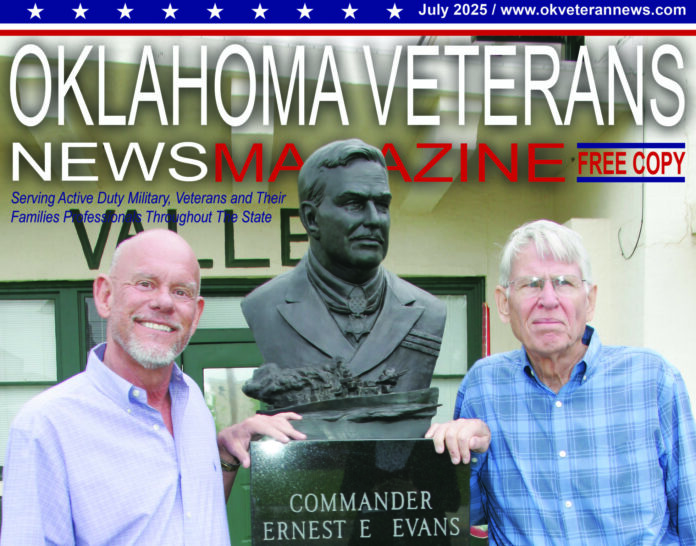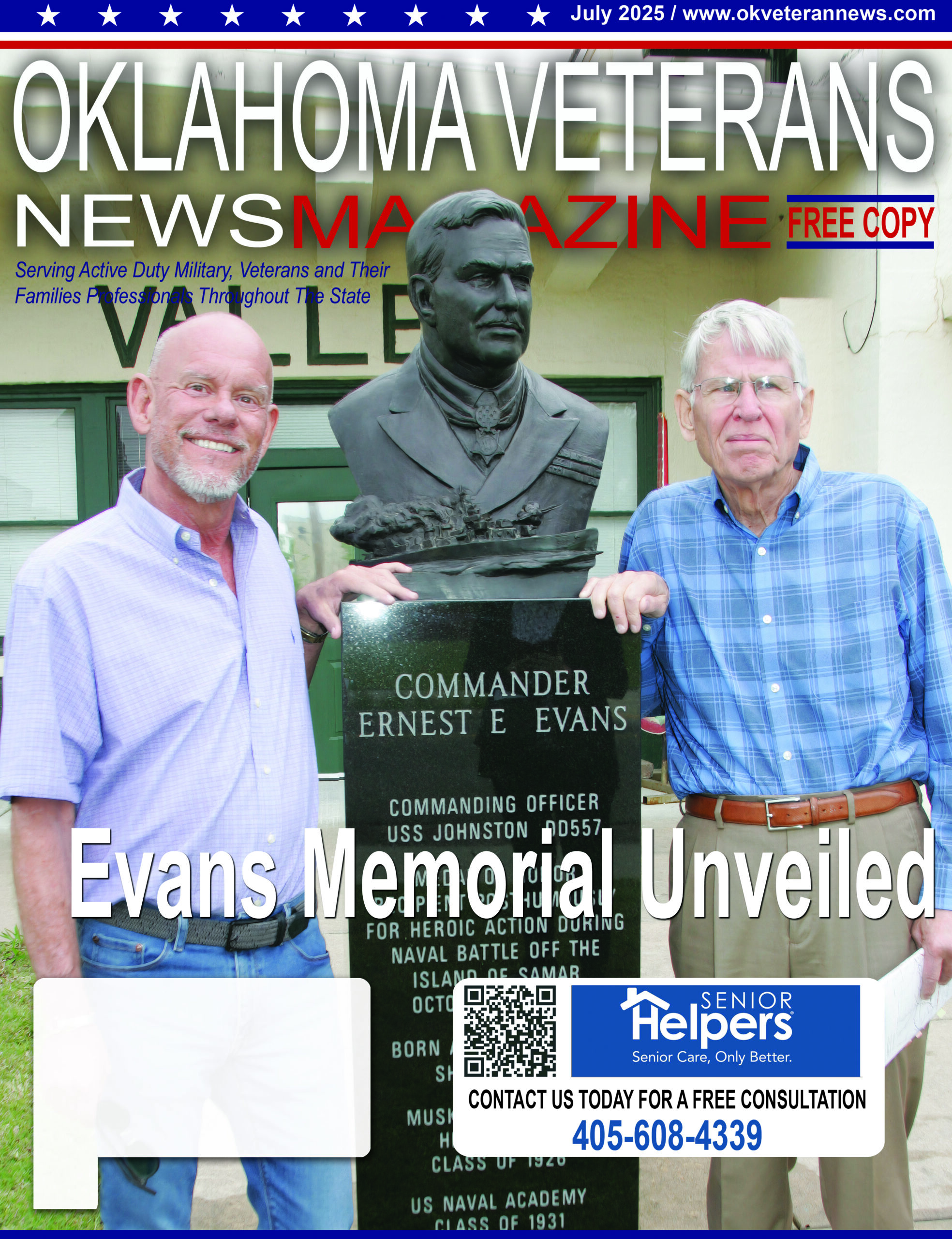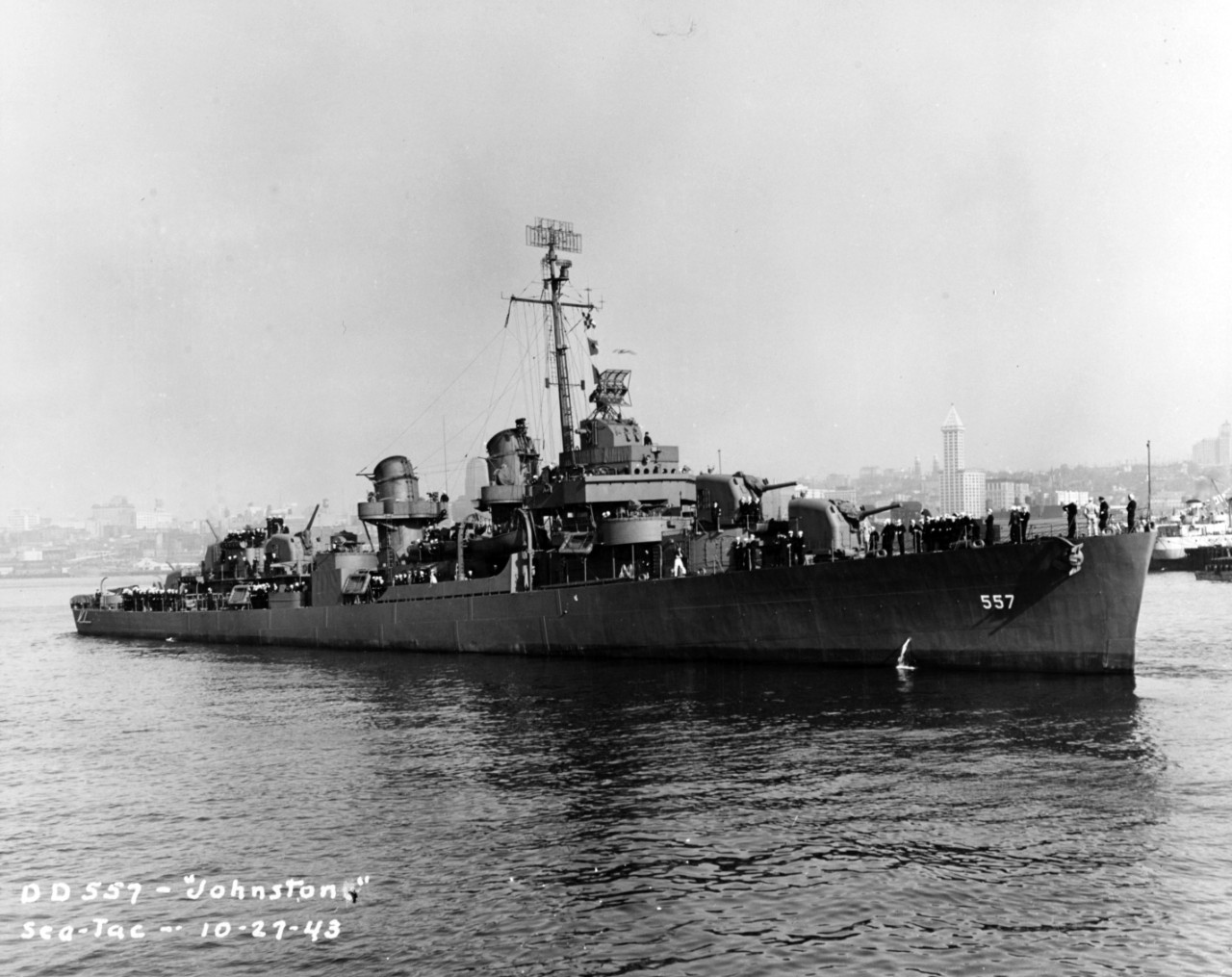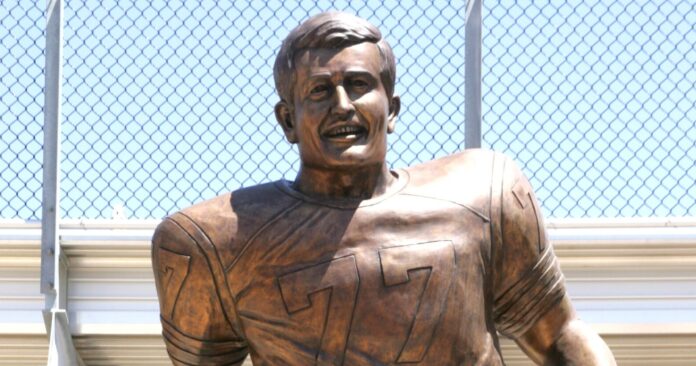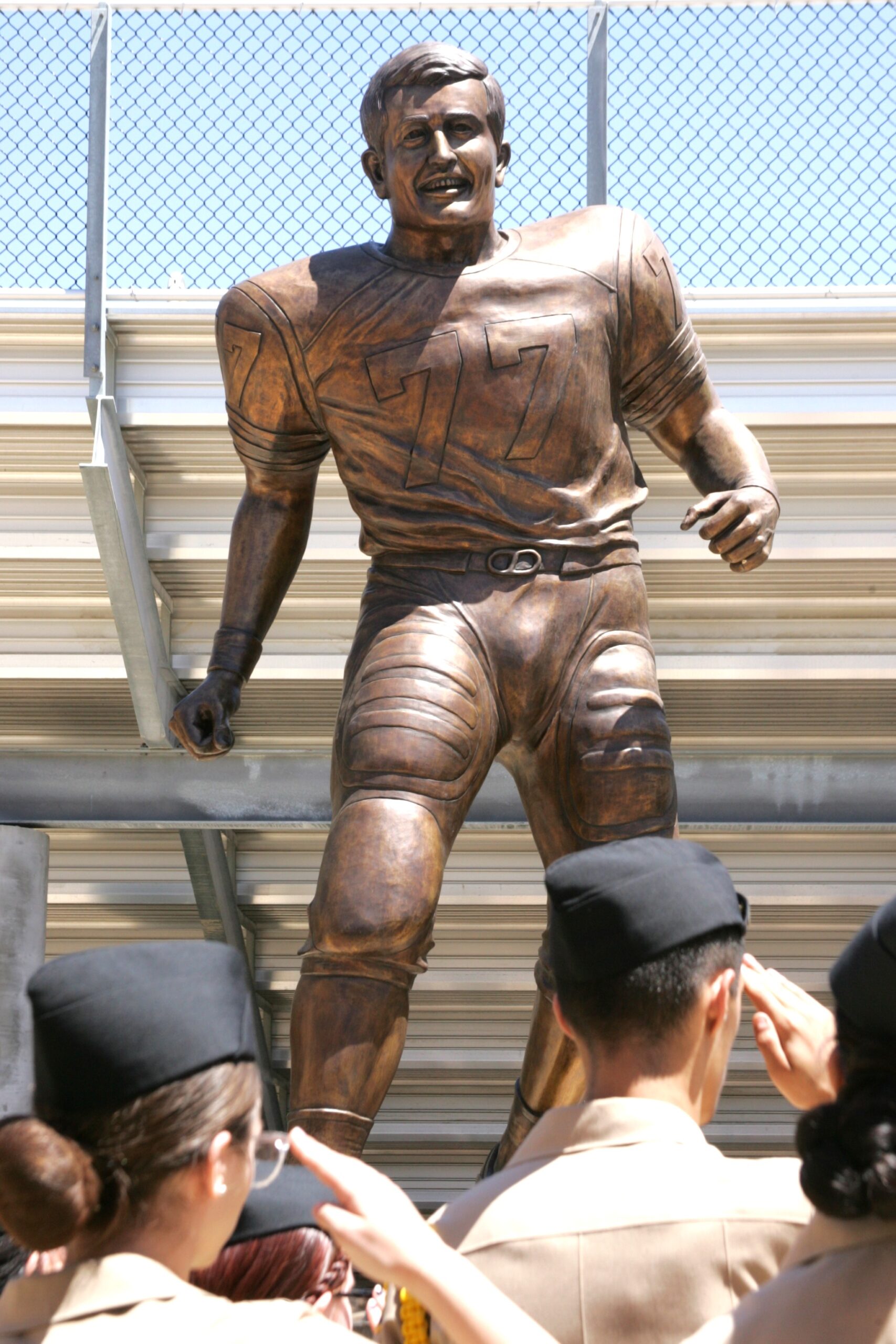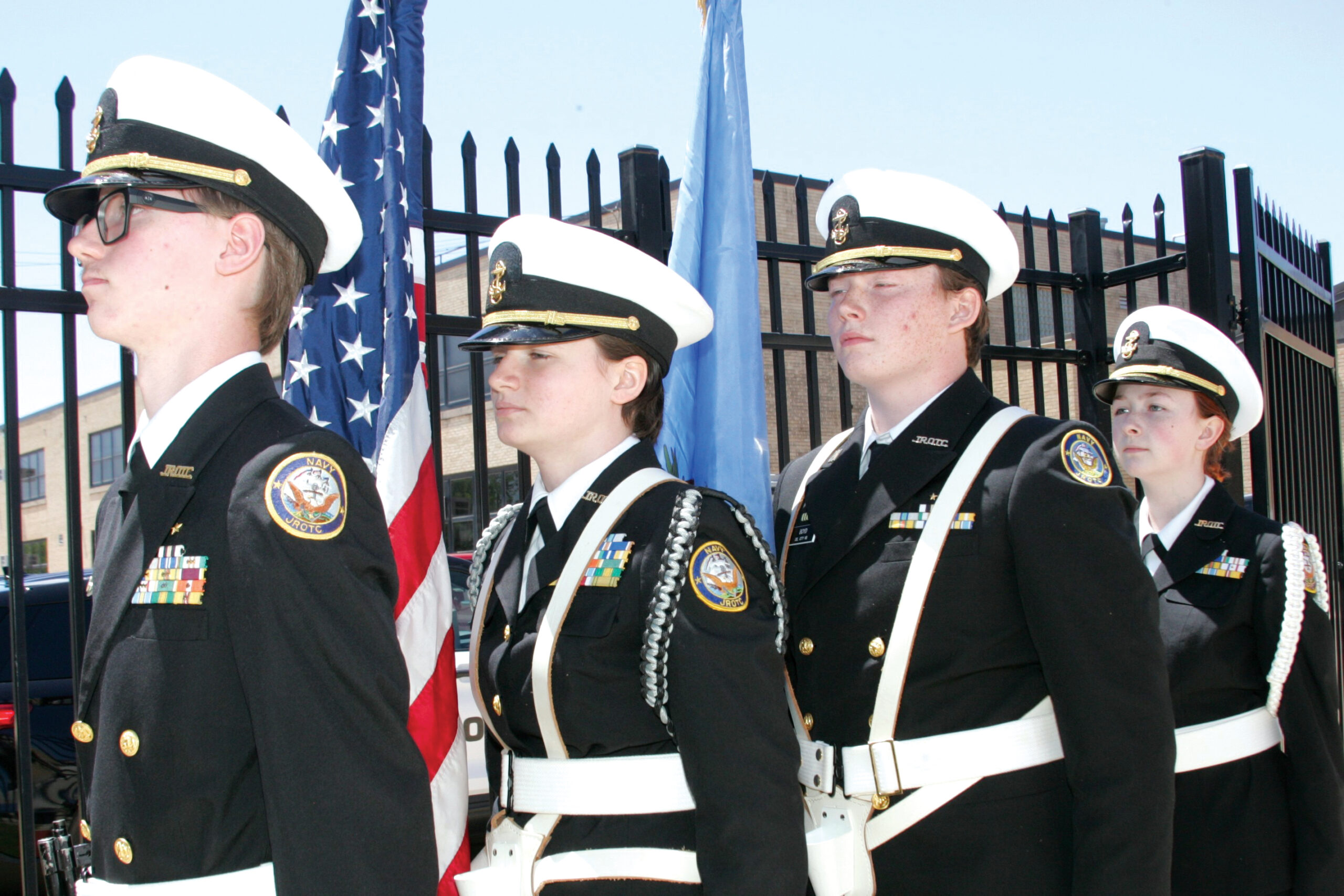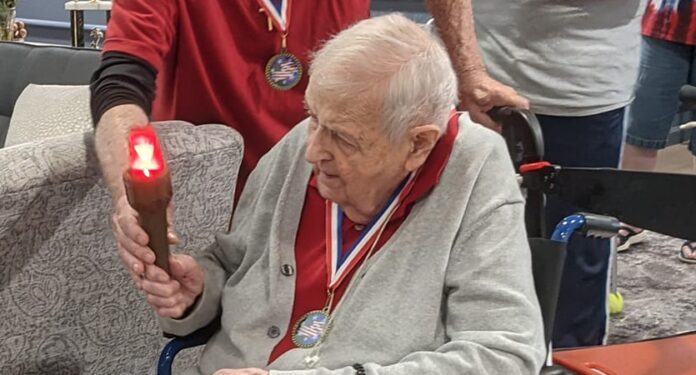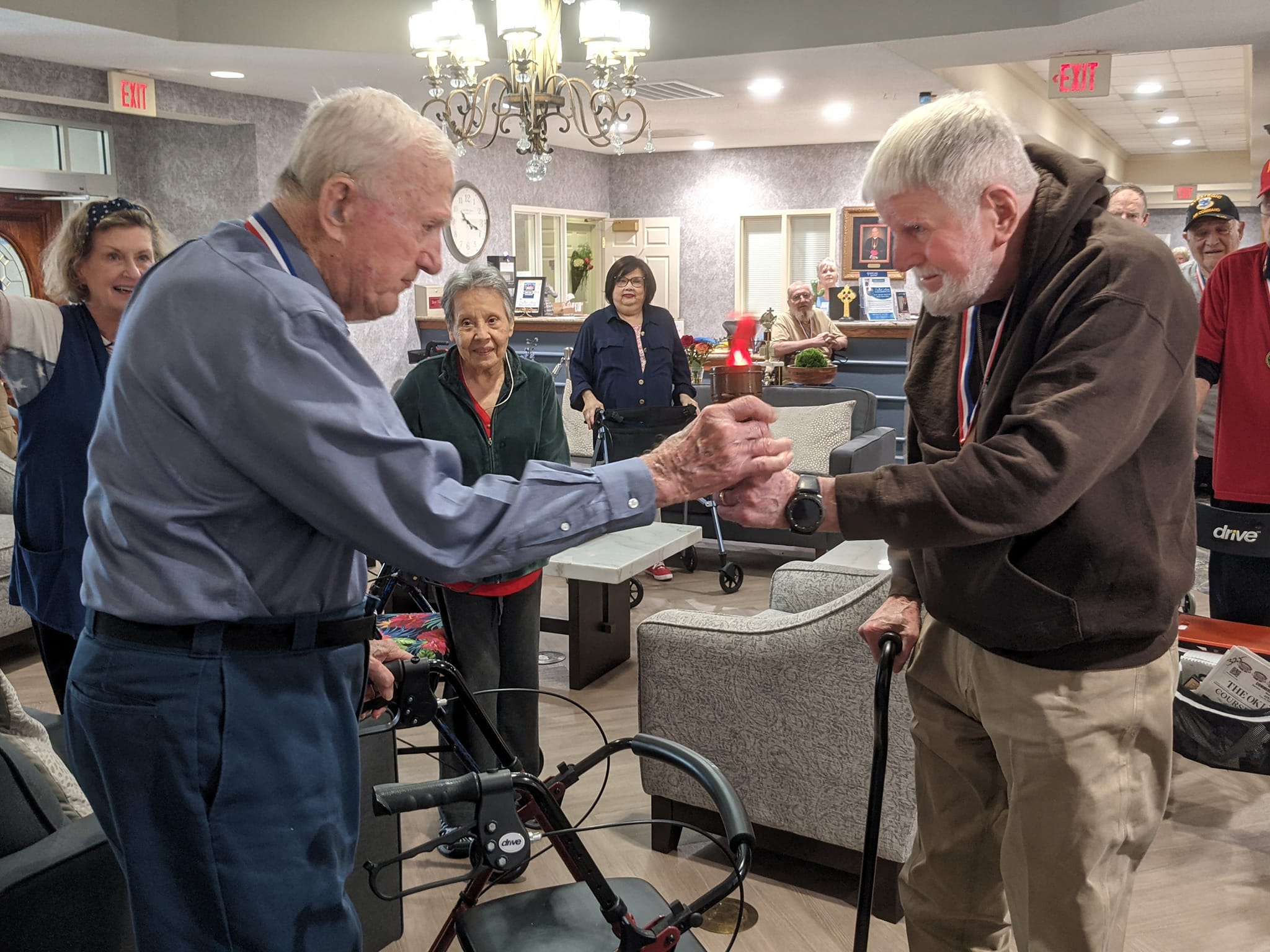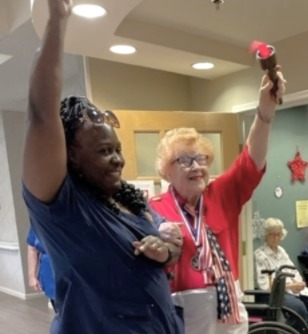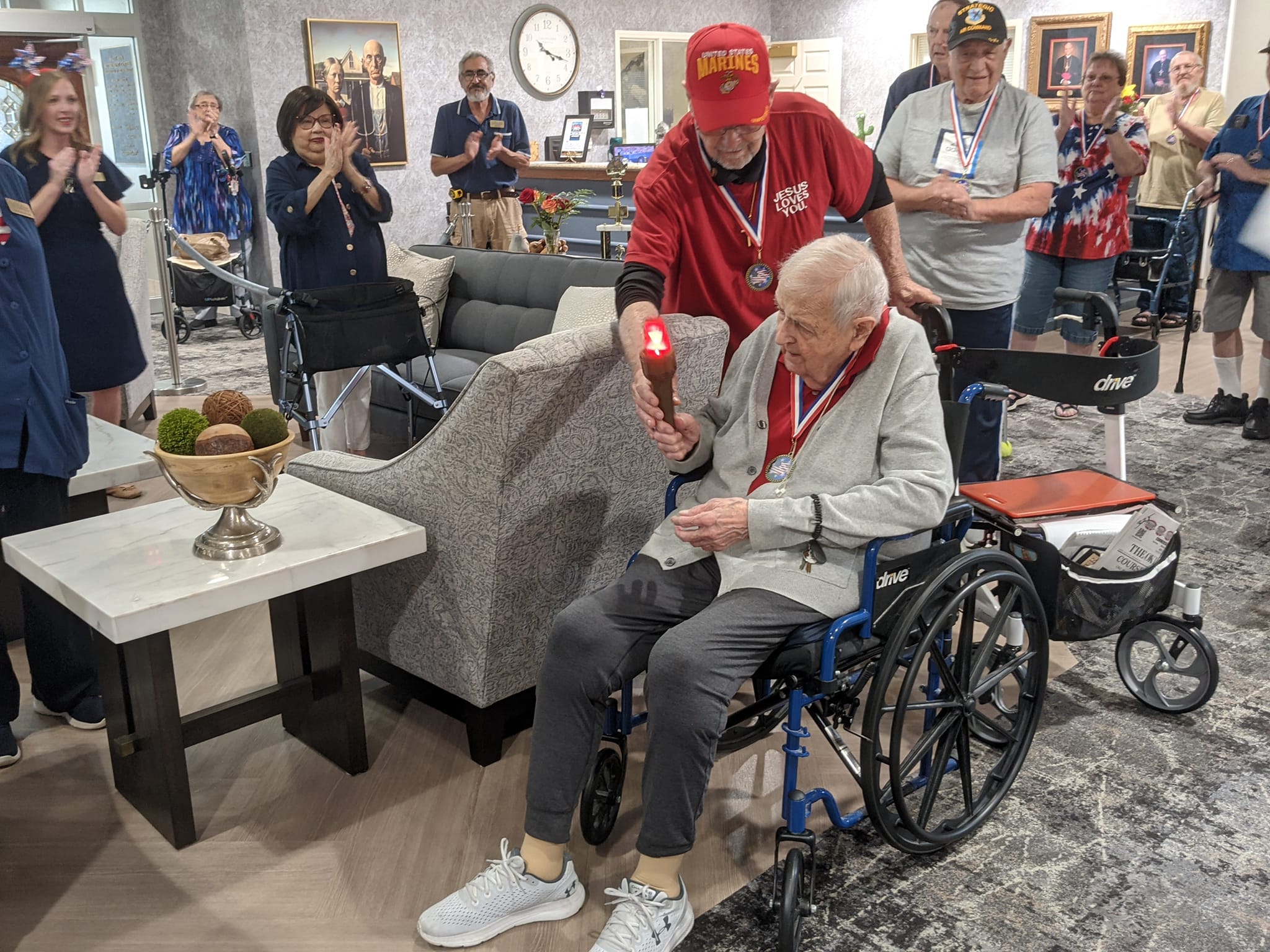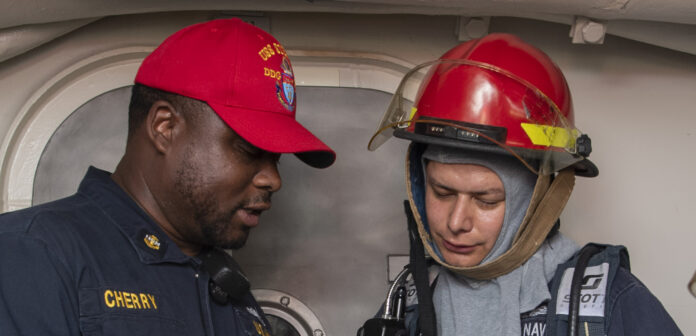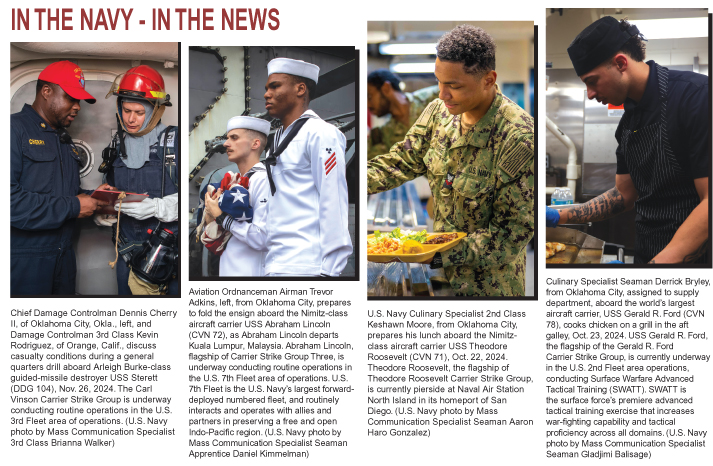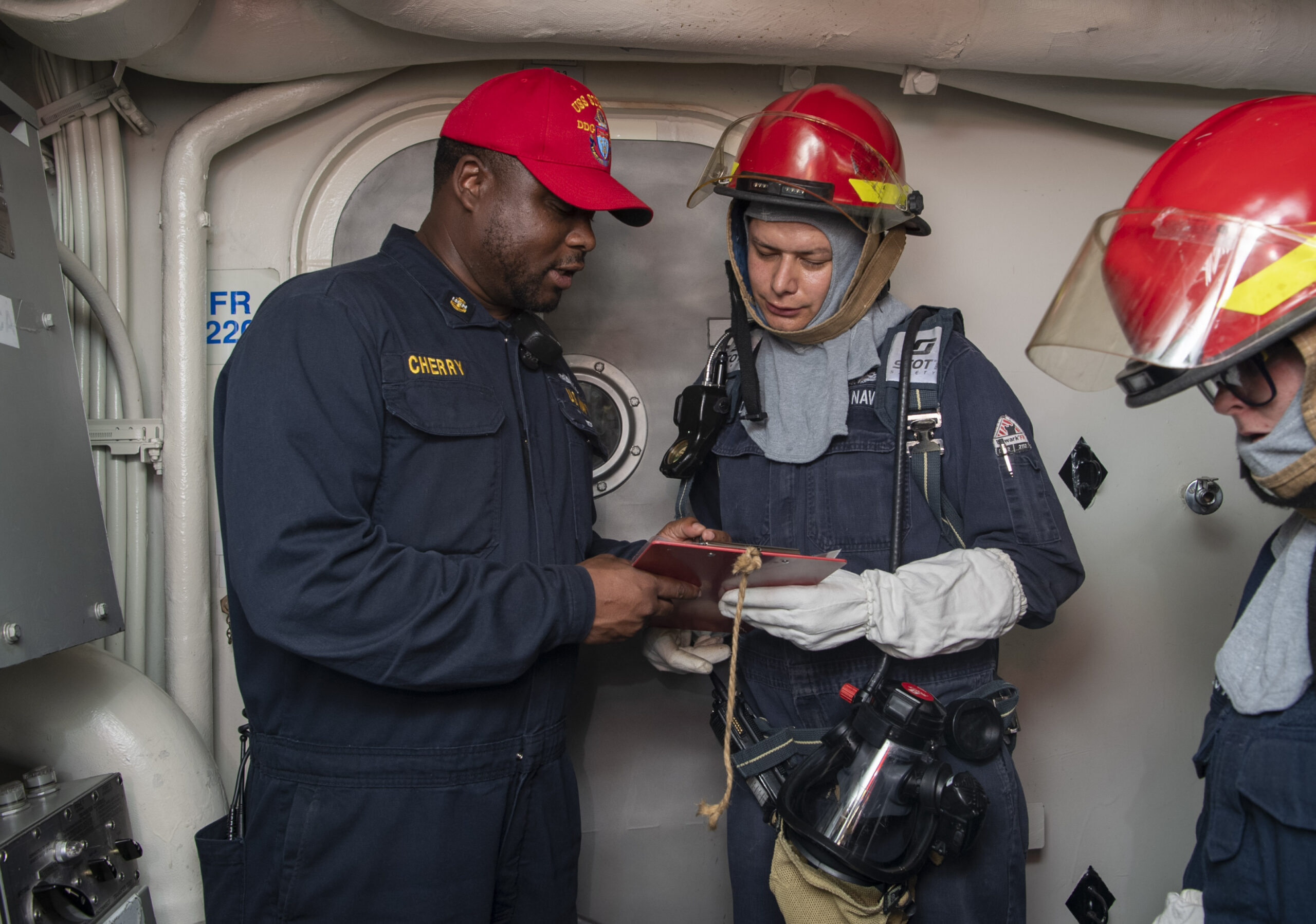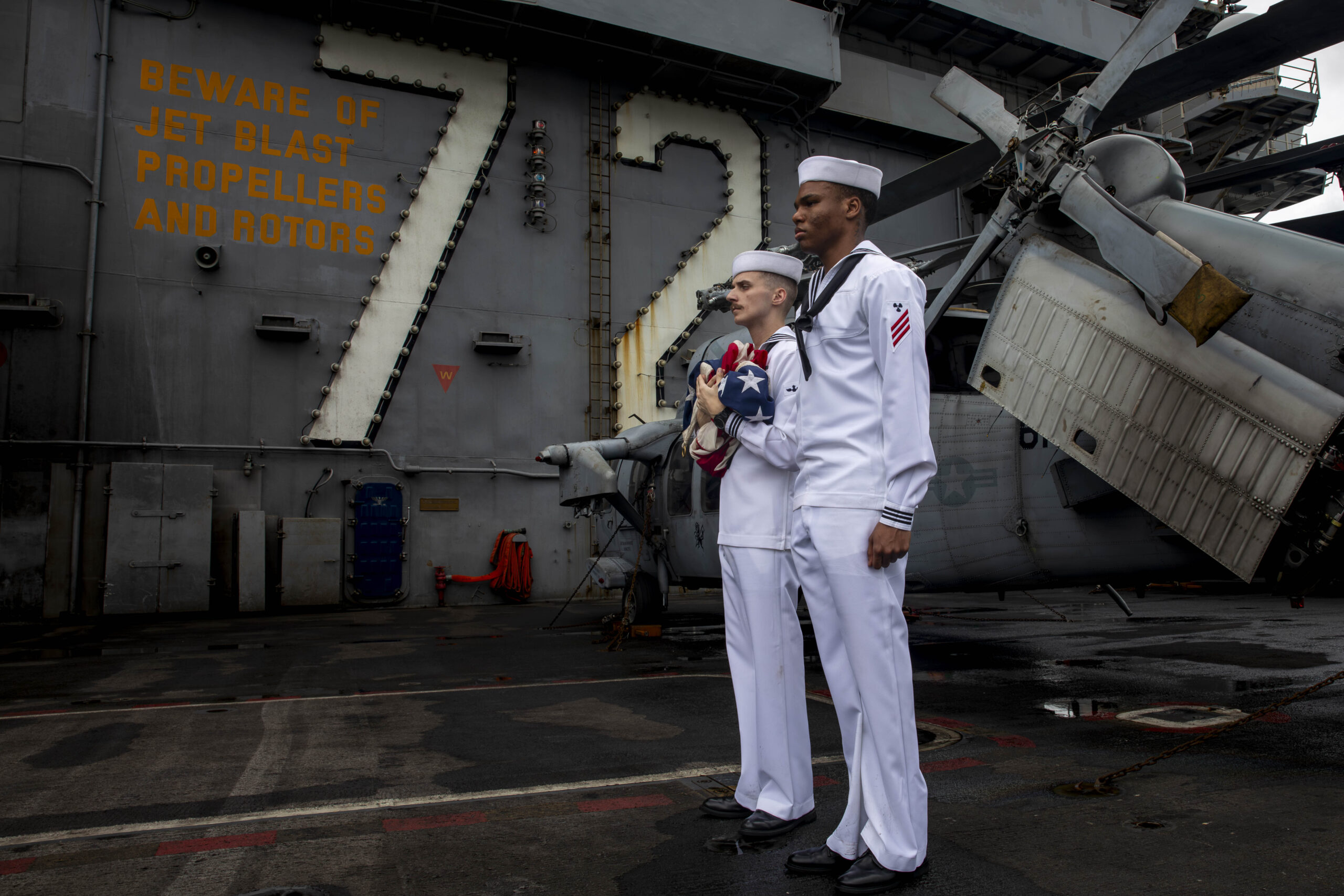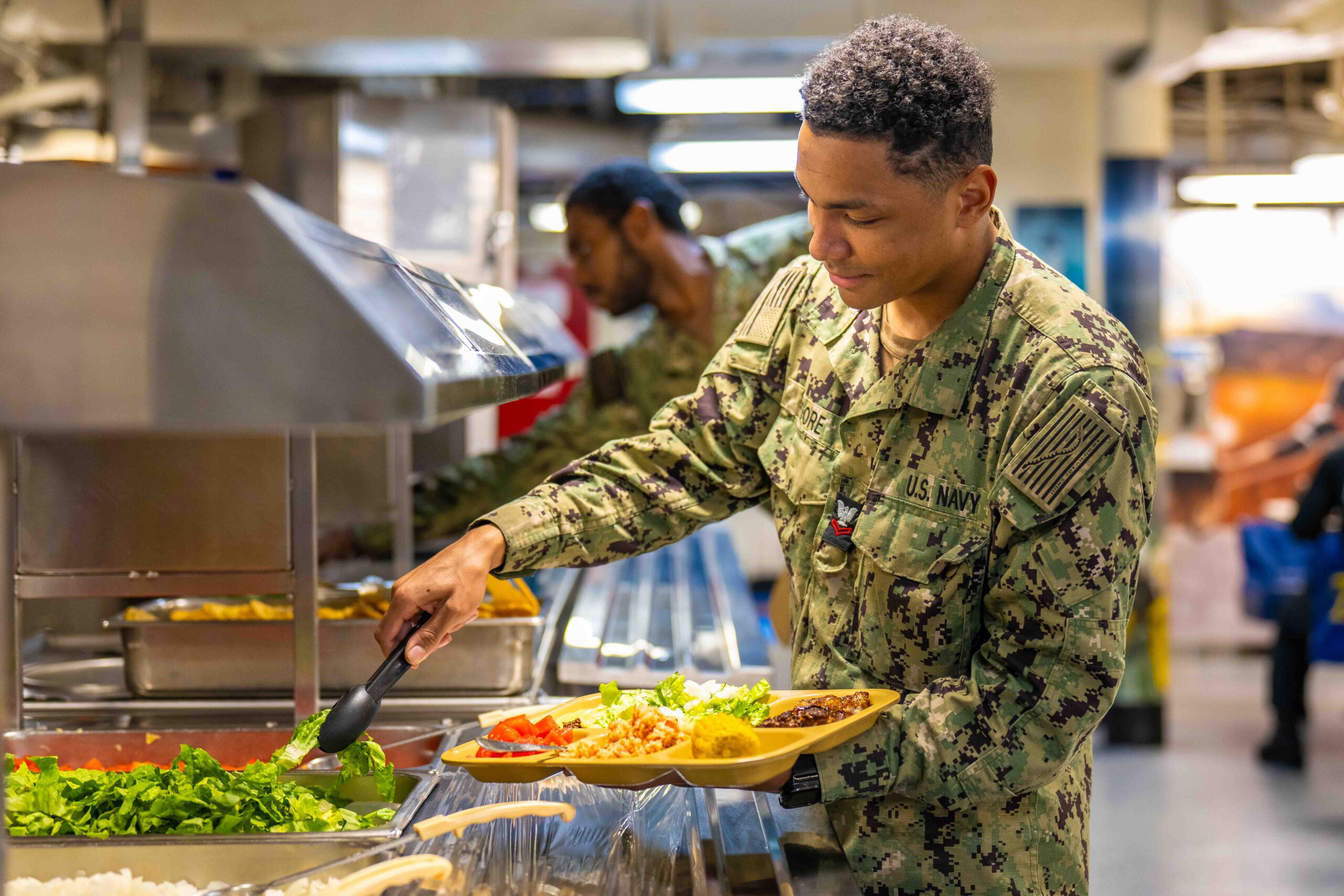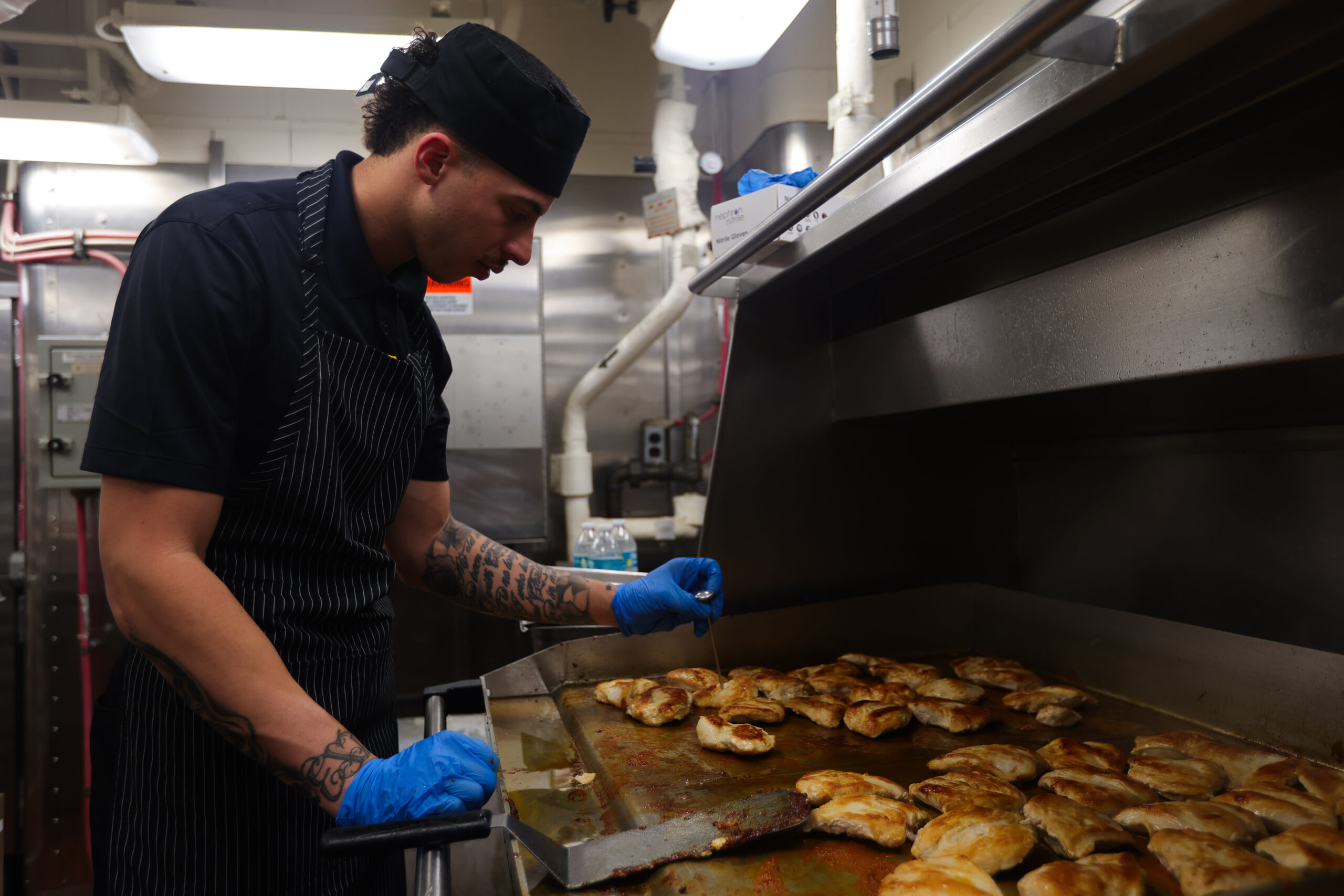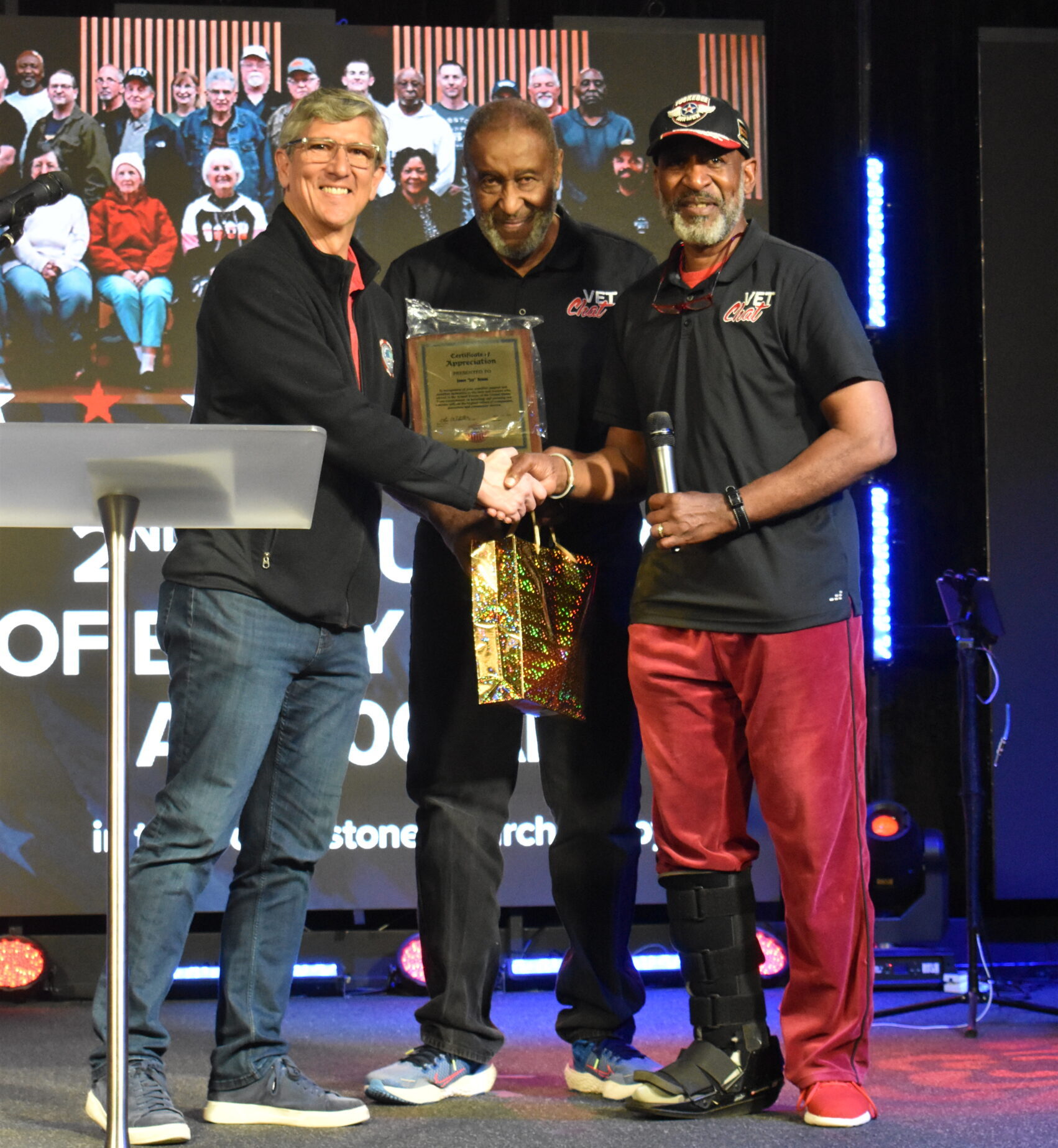
VetChat hosted Rear Admiral James Bynum, Executive Director of ODVA, at Cornerstone Church in Midwest City on April 12, where he addressed 110 veterans and discussed the agency’s current and future roles. Bynum, a retired Navy fighter pilot with a 36-year career, emphasized his commitment to enhancing veteran services by improving mentorship programs, increasing the quality of Veterans Service Officers, and leveraging technology for secure, convenient access to benefits. He detailed plans to bolster communication through quarterly advisory forums, regular newsletters, and an expanded media presence, as well as partnerships with private organizations to aid with job placements. During the Q&A session, veterans raised concerns ranging from lost medical records to reduced benefits. Bynum said ODVA is exploring CMS certification for veteran care facilities and will open a new Veterans Home in Sallisaw in 2025.
VetChat, a non-profit organization that promotes veteran fellowship, hosted Rear Admiral James Bynum, Executive Director of the Oklahoma Department of Veterans Affairs (ODVA) at the Cornerstone Church in Midwest City, April 12th. Bynum discussed current and future roles of the agency and answered questions from the 110 veterans in attendance.
Bynum built a 36-year career in the U.S. Navy as a fighter pilot (primarily F-18s), retiring in 2021. His last military assignment was as Deputy and Director, Warfare Development, on the Office of the Chief of Naval Operations staff. He also commanded “the Royal Maces of Strike Fighter Squadron 27…and Carrier Air Wing 3 as part of the Harry S. Truman Strike Group…” according to ODVA’s website. Bynum started his talk by saying he was glad to have been asked to lead ODVA. “I needed a mission, be part of a team and have some outcome,” he said. The director talked directly and honestly with veterans.
He emphasized how ODVA will get better to serve veterans and their families with the services and benefits they offer. “We can’t be professional if we don’t know how we need to improve or if we don’t know where we’re falling short, if we’re aiming totally at the wrong target. So, we have to have that input…Whether that’s veteran services, whether that’s help with finding a job, whether that’s help with finding other services…But our job is to be that connective tissue…That’s finding some discreet things to get accomplished, put ‘em on a calendar, make a plan, assign roles and responsibilities and drive to them. And then come check our homework. See how we did.”
Ways for the ODVA to provide information include scheduling quarterly Veterans Advisory Forums, advertising on television and radio (started in May) and publishing a regular newsletter. Areas to improve service include providing mentorship and more qualified Veterans Service Officers (VSOs). “We all want the best that someone has to offer,” Bynum said. “I owe every veteran that…You’re not going to get an apprentice VSO, you’re going to get journeyman or above with access to masters (highly qualified ability) if you need it.”
Bynum wants ODVA to utilize technology better by having personal identifiable information available in a veteran’s registry securely held behind electronic firewalls. He stated, “We can do that business with you online at your convenience, on your time…I got to meet you where you are.” The Director acknowledged ODVA doesn’t have the people to meet with every veteran individually or in groups. No mention was made whether the drive towards technology-powered tools would result in fewer ODVA employees, face-to-face or telephone service.
Partnering with private and public organizations, such as Major Talent for job finding can help veterans (https://majortalent.com/). Bynum said, “They have a nationwide architecture to acquaint your resume with the folks that fund them, free to the veteran. They’ll write your resume, they’ll give you the lesson, they’ll give you mock interviews, computer-based training on how to do an interview.”
Currently, Veterans Homes must be certified by the Federal Department of Veterans Affairs (VA). Bynum said ODVA is exploring “other ways to provide care and operate Veteran Affairs homes, perhaps through Centers for Medicare & Medicaid Services (CMS) certification. So, with Medicare Advantage waivers, veterans can now get in-home care, and…because we have…full suite of skilled nursing available, and that’s speech therapy, occupational therapy, physical therapy…if we get that CMS certification to do rehabilitation work for short stays…,” veterans will benefit. ODVA is asking three facilities to look into getting CMS certification.
A new Veterans Home in Sallisaw, Sequoyah County, will open in 2025. It is built and staff are being hired. Senator Kelly Hines (R) and Representative Nicole Miller (R) submitted State Bill 520 to create a State of Oklahoma Veterans Foundation allowing it to receive donations to promote veteran activities. It was signed into law by Governor Stitt on April 23, 2025.
Ten veterans asked questions ranging from what to do about the VA losing medical records to what the OVDA could do to help small businesses to reductions in benefits (tinnitus, sleep apnea).
According to Bynum, Oklahoma has about 300,000 veterans. More information about the ODVA is at https://oklahoma.gov/veterans.html.
Other attendees included the following from ODVA: Dr. Sidney Ellington, Vice Chairman of the Veterans Commission, Lisa Acevedo, Director of Veteran Services & Legislative Liaison, Pitta Zulker, Women Veterans Program Coordinator, and Al Garza, Mental Health & Suicide Prevention Administrator, and State Senator Brenda Stanley (R), Midwest City Mayor Matt Dukes and Vietnam War Ace Colonel Charles Bellevue.
story/photos by Richard Stephens, Jr.


